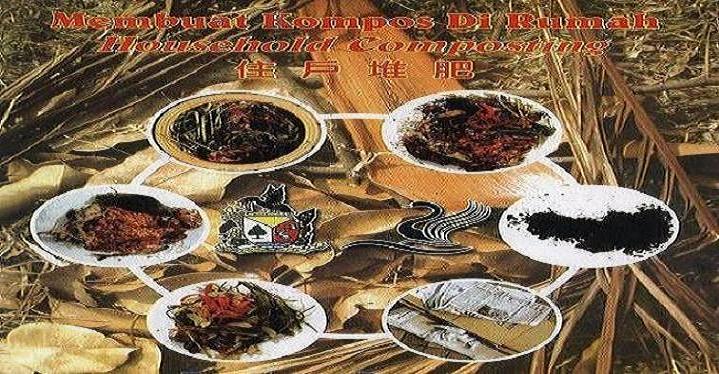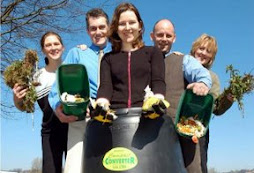
7. Windrow Composting
Materials
- Small branches or twigs
- Hollow blocks
- Hollow tube with hole (plastic or bamboo)
- Gunny sacks
- Kitchen waste
- Sawdust or wood chips
- Water
- Shovel
Method
1. prepare "batas" windrow by laying the hollow blocks in rectangular shape.
2. Prepare heaps by laying waste material into the "batas".
3. Make a 10 inches depression inside the heap to prevent water/leachate from escaping. This is to avoid unpleasant odours while composting, especially dureing the rainy season.
4. Put the shredded biodegradable waste inside the compost heap.
5. Cover with soil, at least 3inches thick.
6. Top with sawdust (available from lumber yards) to absorb excess moisture.
7. Cover the compost heap with gunny sacks that have been sewn together. The sacks will maintain heat for faster decomposition of waste.
8. Insert plastic tubes (3 inches diameter) or bamboo tubes to release methane gas and for oxygen.
9. Leap heap covered for 45 - 60 days. then harvest.

8. Bottomless Bin Composting
Materials
- Empty bin or suitable container with cover
- Kitchen and garden waste
- Soil
- Water
- Shovel
Method
1. Remove the bottom of your bin or container.
2. Drill holes in bin or container for aeration.
3. Turn the bin or container upside down and place it in a well-drained position.
4. Lay the bottom with 7 - 8 inches of browns comprising of dried leaves or garden materials.
5. Add kitchen waste to top for 3 consecutive days, then cover with a thin layer of soil or dry grass.
6. Keep adding until bin is full. Cover the bin. If your compost heap is too dry, then sprinkle some water to keep it moist.
7. After 1 - 2 weeks, remove the bin jacket and turn the compost either back to the same bin or a 50 - 70 kg sugar sack to store the compost.
8. Turn the compost 3 - 4 times and leave it to mature for 3 - 4 months.












No comments:
Post a Comment